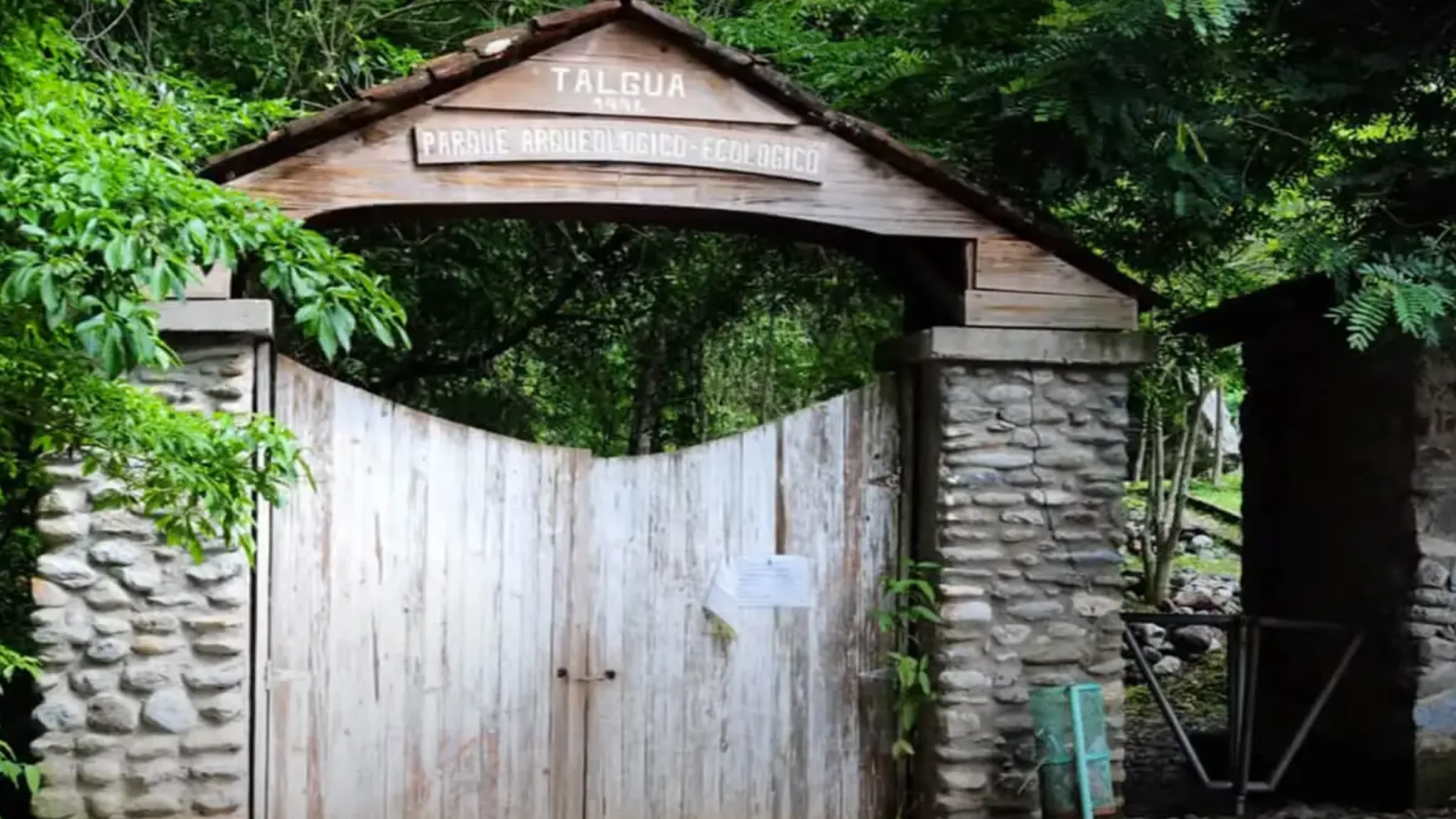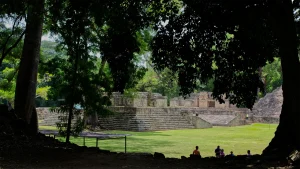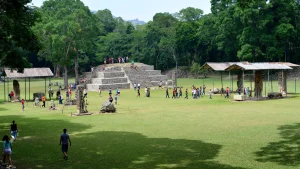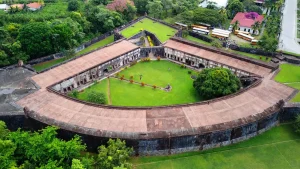Talgua Caves Natural Monument

Talgua (Lenca word of origin that means Tal: Cavern and gua: water) are located in the Sierra de Agalta National Park, in the municipality of Catacamas, Department of Olancho (only 10 kilometers of good road from the urban area of Catacamas).
Through Agreement 140-97, of the liberal government of the former President of the Republic Carlos Roberto Reina, they were declared a Natural Monument in 1997 and it is identified as an eco-archaeological park.
Scientists agree that the majesty of this natural cavity was shaped approximately one million years ago by the underground currents of the Pinabete River, which, when leaving the depths of the hill, merges with the Talgua River. In this basin you can find several archaeological sites, witnesses of the multiple human settlements in that area for almost three thousand years.
Among all the discoveries that have surprised this region, there is the ossuary of the Cuevas de Talgua. The importance of this burial is that few burial caves from the pre-Hispanic period have been discovered in Honduras, and these are the first caves in the country to be scientifically investigated. The discovery was made in April 1994 by Jorge Yánez and Desiderio Reyes. Climbing up a wall almost 30 feet high, in the light of their flashlights they could make out hundreds of human bones and various remains of vessels.
In the section of almost half a kilometer, enabled to be visited, you can see an infinity of rock formations with different figures. Inside the crypt the visitor gives free rein to his imagination. Stalactites and stalagmites created by the loss of acidic water that dissolves the limestone rock abound. There is «The Cathedral», so called, because supposedly the ancestors used it as a sacred place where they prepared the bones and then deposited them inside the cave.
The raised ceiling of the stalactite and stalagmite make one imagine a temple. The sound of the water becomes louder in some sections, which explains that there is a waterfall “trapped” between the rocks. In another sector of the cave, going down steps and 500 meters underground is the ritual chamber or cemetery. Some of the bones have been preserved by a layer of glowing calcium, deposited for almost a millennium by water that still seeps through the limestone walls of the Cave.
This is the luminous phenomenon that Las Cuevas de Talgua encloses: the calcite crystals shine in the light, giving rise to the name «Calaveras Luminosas». It has been possible to determine in the laboratory that the bones found inside the Talgua Cave date from the year 1000 BC. Part of the history can be found in the Museum installed outside the Caves, as part of the Attention Center for Ecotourism Visitors.
Luminous skulls of Talgua
¿Quiénes son lo habitantes de estas Cuevas?, continúa siendo un misterio para los diferentes equipos científicos que lo siguen investigando. Los huesos hallados hace diez años habían sido enterrados bajo tierra y desenterrados cuando la carne se consumió y se colocaron en una parte oculta de la Cueva. Aparentan ser personas de linaje, cuyos huesos apilados fueron guardados en bolsas, para que no volvieran al mundo de los vivos.
The ethnic group the bones belong to is unknown, but they could be from the Pechs, Tawahkas, Lencas or Tolupan ethnic groups, pre-Columbian inhabitants of the adjacent areas. However, the analyzes carried out on the 200 corpses found showed that they did not consume corn, the food bases par excellence among pre-Hispanic groups, presuming that they fed on roots such as yucca. It is the first case with these characteristics to be discovered in Honduras. On the other hand, the bones indicate that they were exceptionally tall people, 1.79 meters tall, and healthier than the indigenous populations of their time.
Olancho is on the border between the two areas of American culture: Mesoamerican and Andean. This region of Honduras is the confluence of the linguistic, archaeological and anthropological ancestral heritages of these ethnic groups. Anthropologists do not know of any pattern like those found in the Talgua ossuary.
The graves of people, according to the information from the Talgua Museum, were in small bundles-bags of cotton blanket tied before being taken to the Caves. Legends speak of witchcraft schools, located a few kilometers from the town of Talgua. There is «La Pintada», a stone in which the sculpted faces of those who supposedly were the chiefs of the area can be seen. Above is the hill «Miramar», where apparently a stone of sacrifices and offerings for the gods was established.





